Gardening trends are constantly evolving, with new techniques promising better growth, higher yields, and more aesthetically pleasing landscapes. However, some of these trendy methods come with unintended legal consequences. Homeowners across the country are discovering that certain planting techniques violate local regulations, leading to unexpected fines. Whether it’s environmental concerns, zoning laws, or HOA restrictions, ignoring these rules can be costly. Understanding which methods could result in penalties can help gardeners avoid trouble while still enjoying their outdoor spaces.
1. Converting Lawns into Full Garden Beds
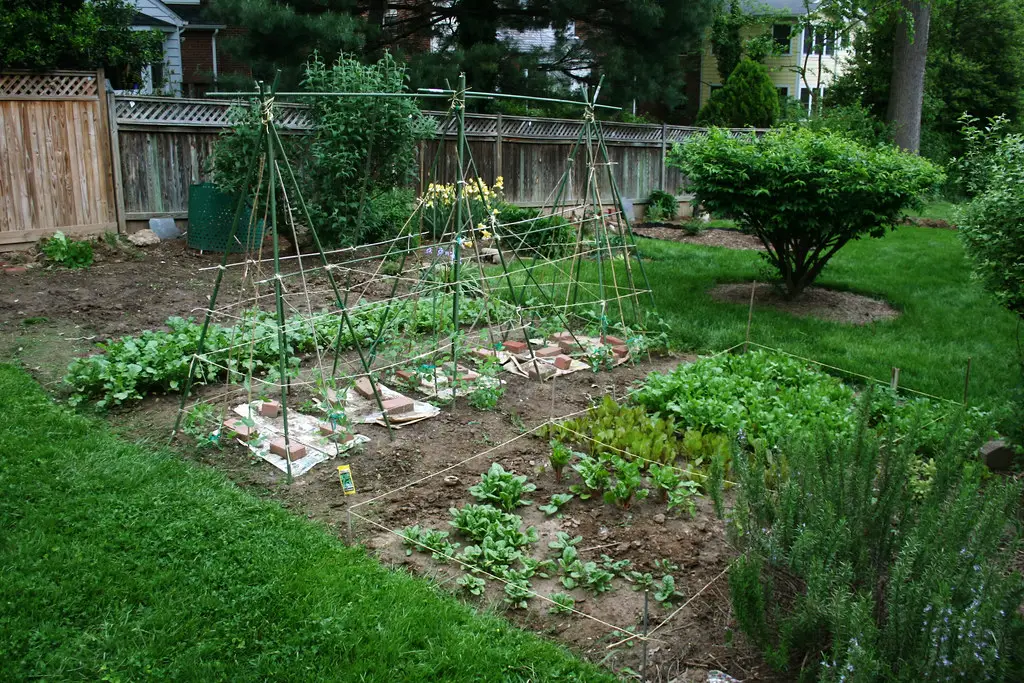
Many homeowners are replacing traditional grass lawns with flower beds, vegetable gardens, or native plant landscapes. According to The New York Times, some municipalities require a percentage of the yard to remain grass-covered for aesthetic and environmental reasons. Neighbors may also file complaints if a full garden bed appears untidy or attracts pests. Checking local ordinances before removing all grass can prevent unnecessary fines.
Some homeowner associations (HOAs) have strict landscaping rules that prohibit excessive garden beds in front yards. Even if backyard gardens are allowed, converting an entire lawn into a growing space might violate neighborhood guidelines. Seeking approval from local authorities or planting within designated areas can help homeowners avoid penalties while still embracing sustainable gardening.
2. Installing Large Raised Garden Beds
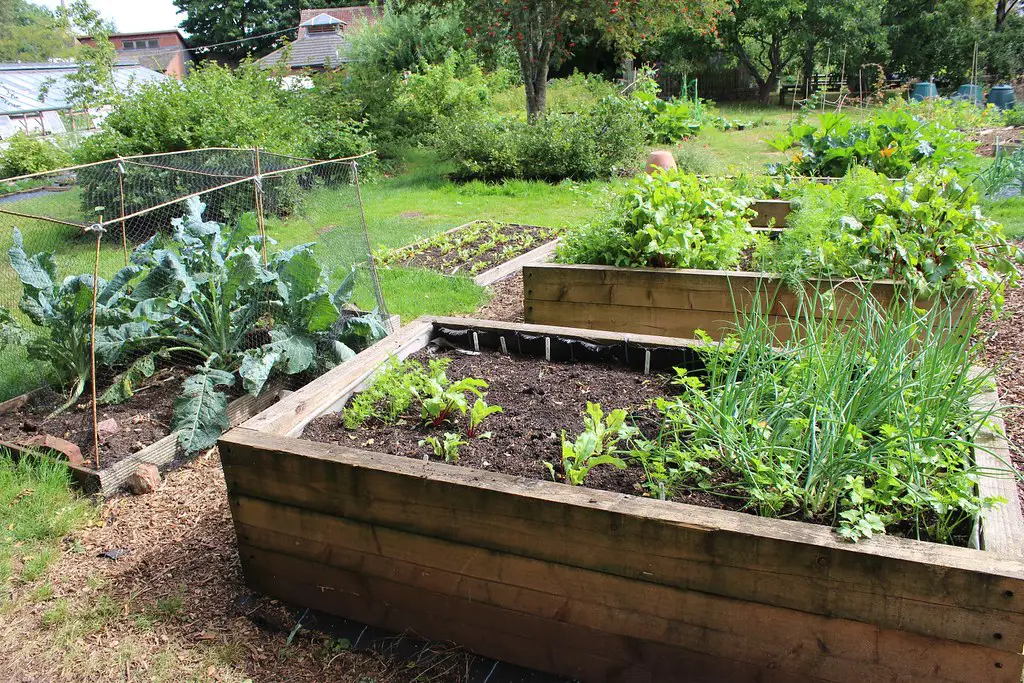
Raised garden beds are popular for their ability to improve drainage and soil quality, but they can cause legal issues when improperly placed. Forbes notes that some cities have height restrictions for structures in front yards, which may apply to large garden beds. If a raised bed obstructs sidewalks or driveways, it could also violate public safety laws. Choosing smaller or less conspicuous designs may help gardeners stay compliant.
Additionally, some municipalities classify large raised beds as permanent structures, requiring permits before installation. Failing to obtain the necessary approvals could lead to fines or forced removal of the garden bed. Checking local building codes beforehand ensures that raised beds remain a beneficial and legal addition to any garden.
3. Planting Invasive Species

Some gardeners unknowingly plant species that are classified as invasive, which can lead to fines or removal orders. The Spruce explains that invasive plants spread rapidly, outcompeting native species and disrupting local ecosystems. Many states have banned specific plants, such as Japanese knotweed and purple loosestrife, due to their aggressive growth. Ignoring these regulations can result in costly penalties.
Even if an invasive plant isn’t illegal in a particular area, some HOAs and local councils prohibit their cultivation. Gardeners should research plant choices carefully and opt for native or non-invasive alternatives. Staying informed about restricted species helps protect both the environment and homeowners from unexpected fines.
4. Installing Artificial Turf Without Permission
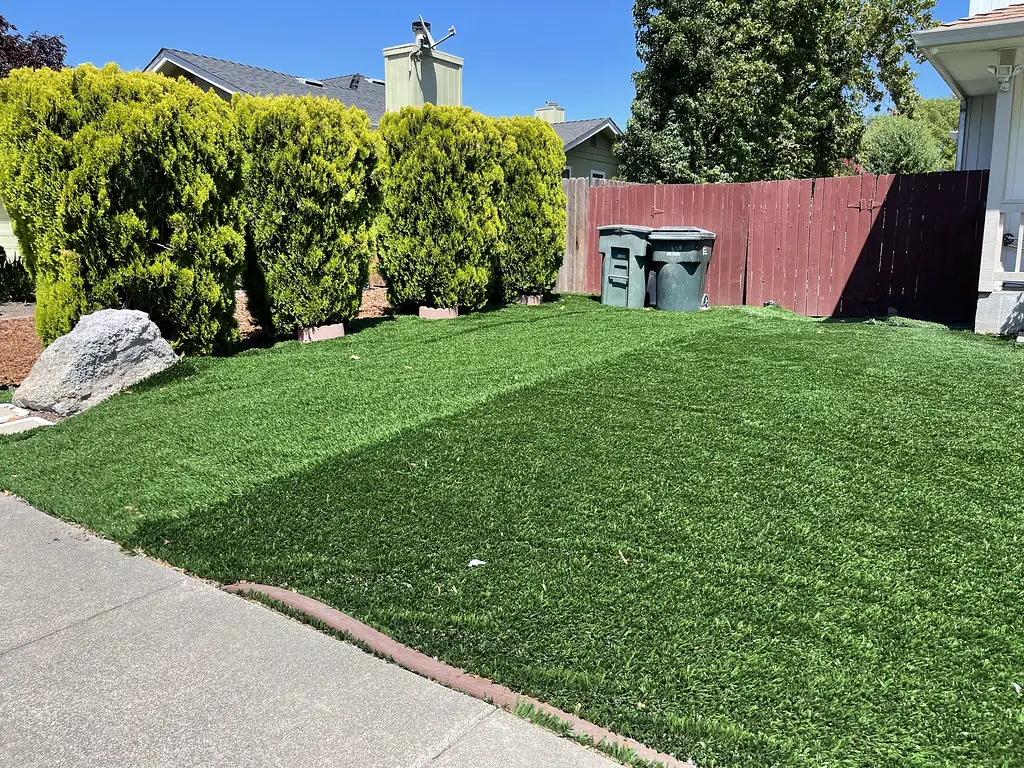
Artificial turf is gaining popularity for its low maintenance and water-saving benefits, but not all municipalities allow its use. Architectural Digest reports that some cities have restrictions against synthetic grass in front yards due to concerns about heat retention and environmental impact. Violating these regulations could lead to hefty fines or mandated removal of the turf. Checking with local zoning boards before installation is essential.
In some communities, artificial turf is only allowed in backyards or must meet specific permeability standards. Homeowners should review HOA rules and city codes before investing in synthetic grass. Selecting eco-friendly turf options or using a combination of natural and artificial landscaping can help avoid penalties while still reducing water use.
5. Digging Too Close to Property Lines
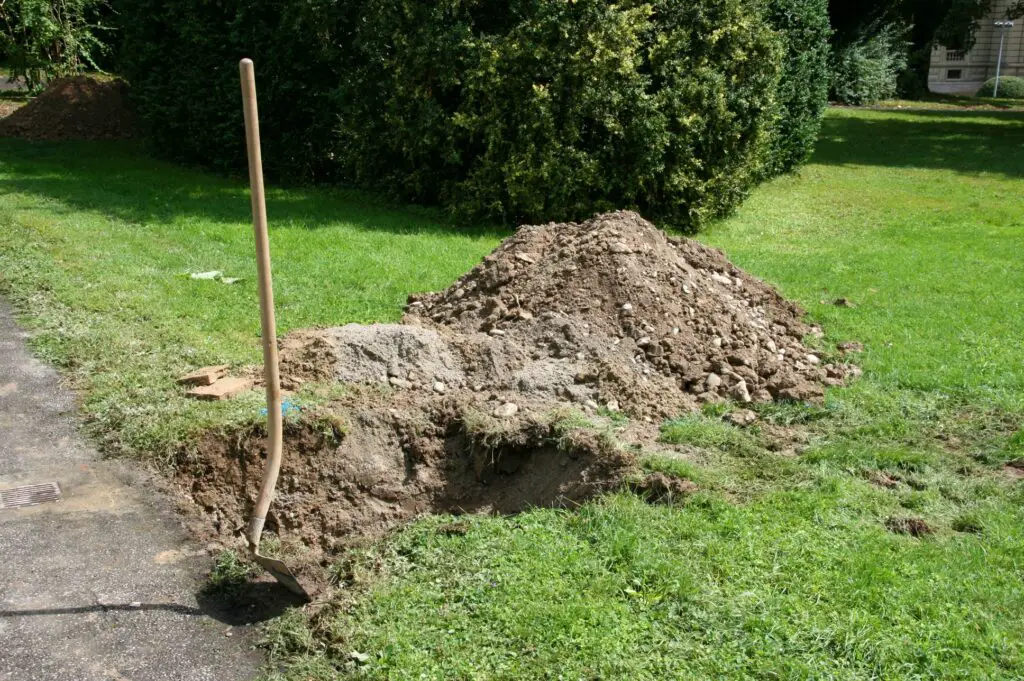
Expanding garden beds or planting trees near property boundaries can lead to disputes and legal trouble. Some municipalities require a setback distance for planting near fences or sidewalks. Digging too close to a neighbor’s property could also result in complaints or forced plant removal. Homeowners should review local zoning laws to ensure compliance before breaking ground.
Ignoring these rules can lead to unexpected costs, especially if underground utility lines are accidentally damaged during digging. Calling utility services before starting a project ensures that plants are placed safely and legally. Taking these precautions helps gardeners avoid disputes and potential fines.
6. Using Excessive Mulch or Gravel
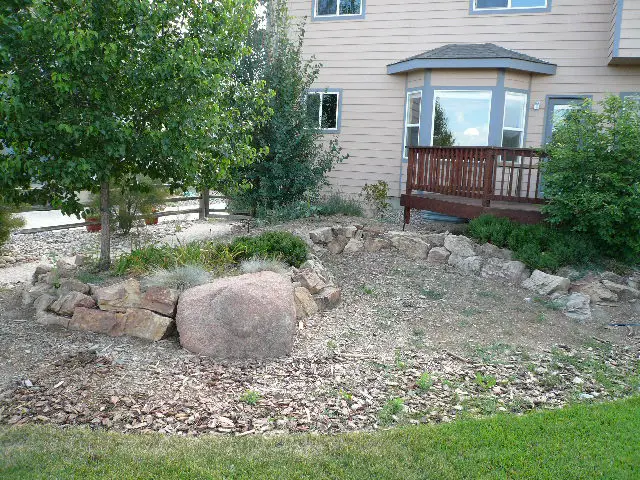
While mulch and gravel can enhance garden aesthetics and reduce weed growth, using too much can violate local regulations. Some cities have limits on the amount of hardscaping allowed in residential yards to prevent excessive water runoff. Overuse of non-permeable materials may lead to drainage issues, resulting in fines or required modifications.
HOAs may also restrict specific types of mulch or gravel for aesthetic reasons. Homeowners should verify acceptable landscaping materials before making changes. Choosing eco-friendly options and applying mulch within reasonable limits can help gardeners stay within legal boundaries.
7. Creating Unapproved Water Features

Ponds, fountains, and other decorative water features can transform a garden, but they often require permits. Some areas regulate water features due to concerns about mosquito breeding, water waste, or flooding risks. Failing to obtain necessary approvals can result in fines or mandatory removal of the installation.
To avoid penalties, homeowners should check local codes before adding a pond or fountain. Using natural filtration methods and maintaining proper drainage can also help keep water features compliant with environmental regulations. Thoughtful planning ensures that garden enhancements remain both legal and beneficial.
8. Keeping Beehives Without Permits
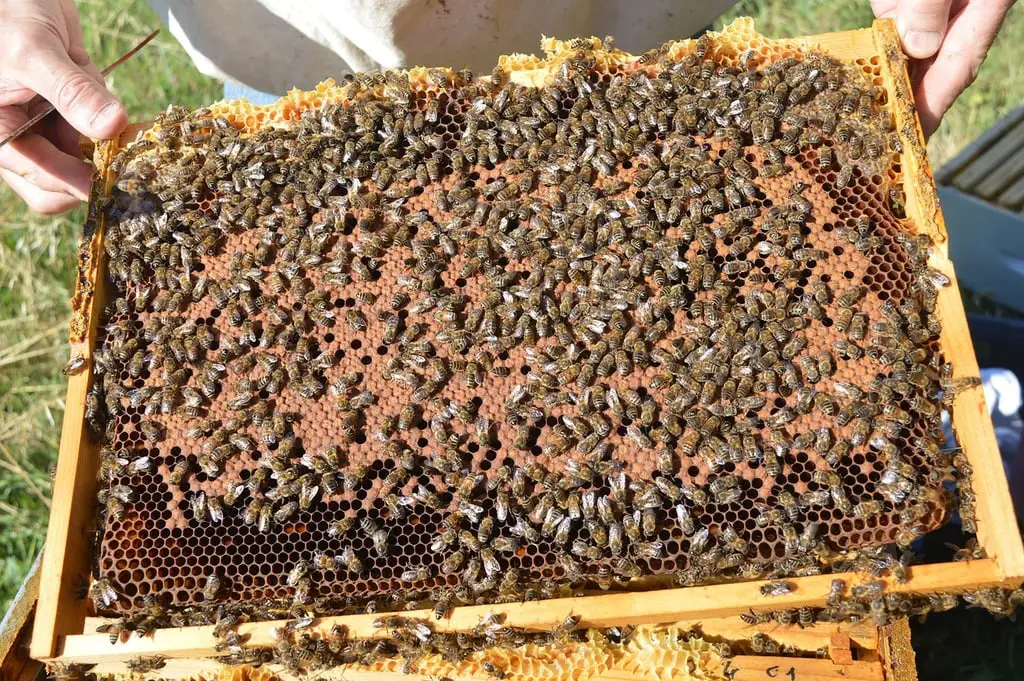
Urban beekeeping has become trendy, but many cities require permits for backyard hives. Unapproved beekeeping can lead to fines, especially if neighbors raise concerns about safety. Some municipalities also limit the number of hives allowed per property to prevent overcrowding and excessive swarming.
Gardeners interested in keeping bees should research local regulations and apply for necessary permits. Ensuring proper hive placement and maintenance helps create a sustainable, complaint-free beekeeping practice. Responsible management benefits both the environment and the community.
9. Growing Tall Hedges Without Maintenance
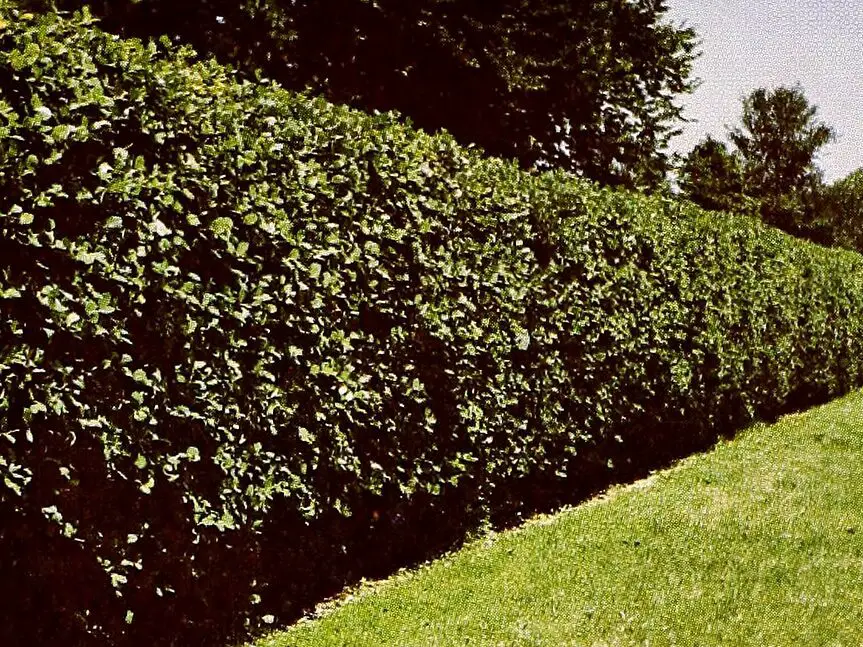
Tall hedges provide privacy and wind protection, but many areas have height restrictions for landscaping elements. Overgrown hedges can block sightlines, create safety hazards, or violate local ordinances. Homeowners may face fines if hedges exceed the allowed height limit.
Regular trimming and choosing slower-growing hedge varieties can help maintain compliance. Checking height restrictions before planting ensures that privacy screens remain within legal limits. Thoughtful hedge management prevents unnecessary legal issues.
10. Setting Up Unauthorized Compost Bins
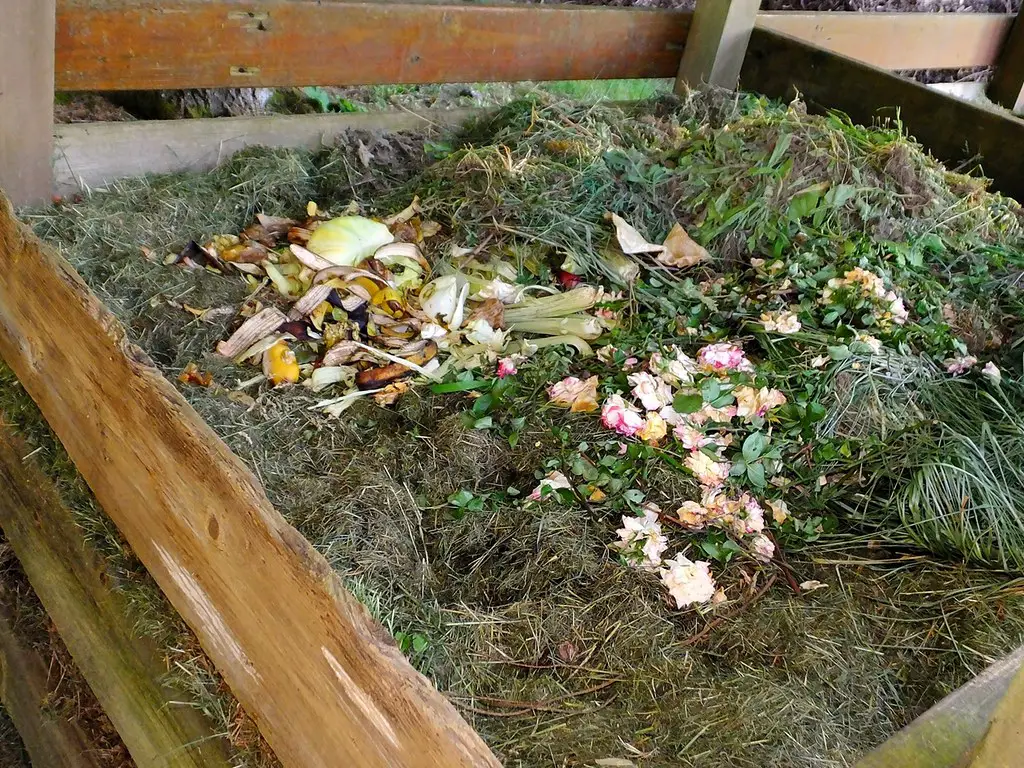
Composting is an eco-friendly way to reduce waste, but improper composting can attract pests and violate local health codes. Some cities require compost bins to be enclosed and located a certain distance from property lines. Neglecting these regulations can result in fines or mandatory removal.
To avoid penalties, homeowners should use well-ventilated bins and follow composting guidelines. Proper management helps maintain a clean, odor-free composting system while complying with local rules. Responsible composting benefits both gardeners and the environment.
11. Installing Improper Fencing for Gardens
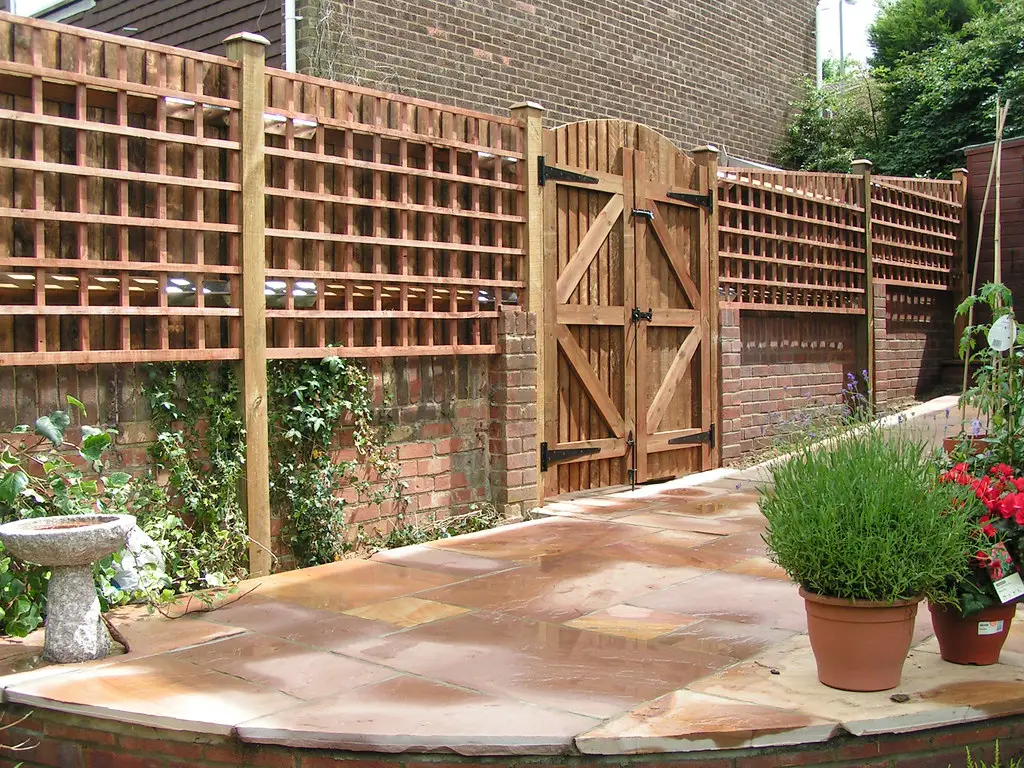
Fences help protect gardens from pests and wildlife, but not all types are permitted. Some municipalities have restrictions on fence height, material, or location. Violating these rules could lead to fines or required fence removal.
Before installing a garden fence, homeowners should review local building codes and HOA guidelines. Choosing an approved design ensures the fence remains effective and compliant. Proper planning prevents costly mistakes.
12. Overcrowding Plants in Small Spaces
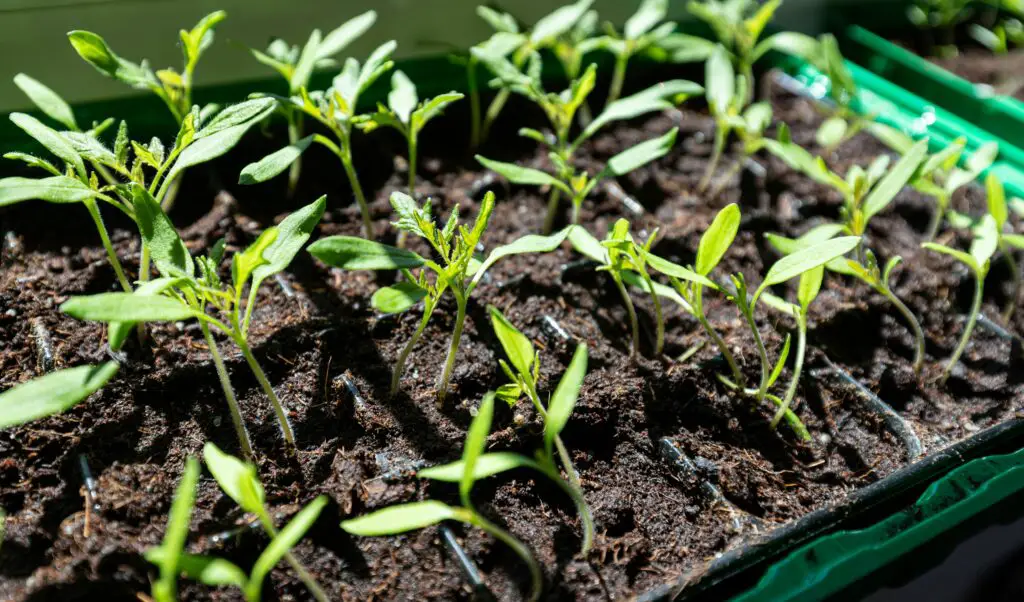
Planting too many flowers or vegetables in a confined area can lead to legal trouble in some communities. Dense planting may violate local ordinances regarding yard maintenance and pest control. Overgrown gardens can also attract complaints from neighbors.
Homeowners should space plants appropriately and keep garden beds tidy to avoid issues. Regular pruning and following spacing recommendations create a healthier and legally compliant garden. Thoughtful organization ensures both aesthetic appeal and regulatory approval.
